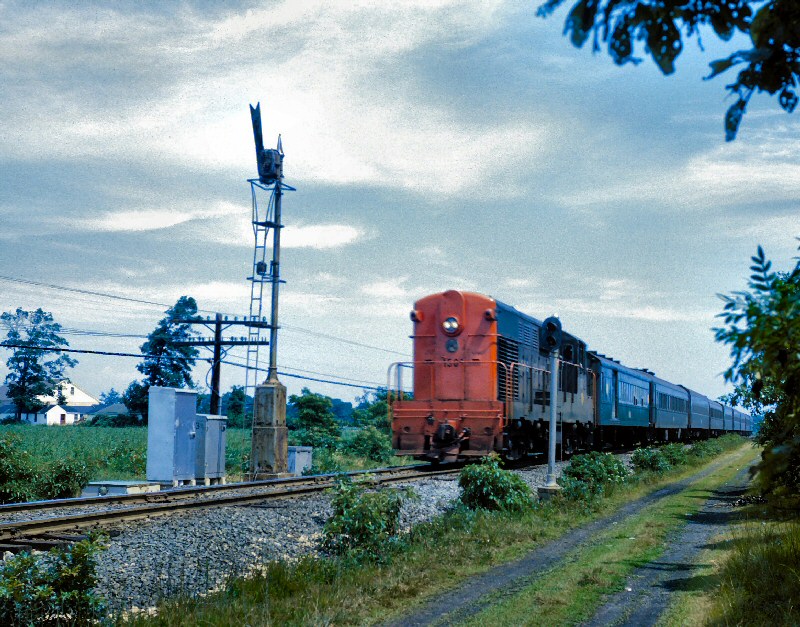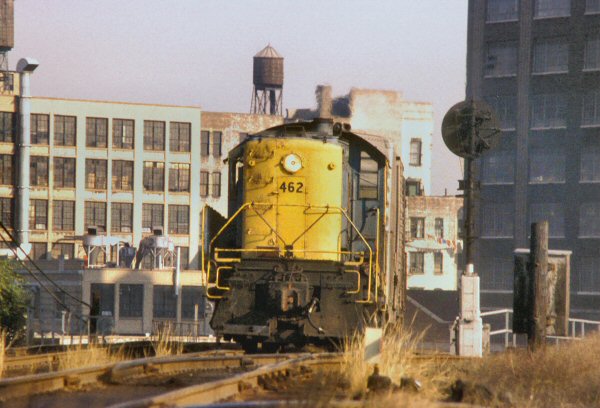http://www.trainsarefun.com/lirr/signal ... istory.htm LIRR Signal History

LIRR H16-44 #1501 westbound train east of Smithtown. One of the last semaphore signals standing Summer 1962 Archive: Art Huneke
Signals were located between MP 48-49, just west of the 25A bridge. The semaphore signal was a DS & SI*, located on the north side of the tracks and new in 1937. The shorter DSWI**, south of the tracks, was new in 1950. According to an Emery note penciled in at a later date, the semaphore signal was removed on 9/18/63. *Distant Switch and Signal Indicator. **DSWI is Distant Switch Indicator
Can the following be clarified as correct or?
Distant switch indicators (DSWI) let the engineer know that there's a switch approaching and whether it's set with him or against him, so he can prepare to stop if need be.
Distant signal indicators (DSI) let the engineer know that there's a signal ahead.
Distant switch and signal indicators (DS & SI) would let the engineer know that there's both a signal approaching and a switch.

